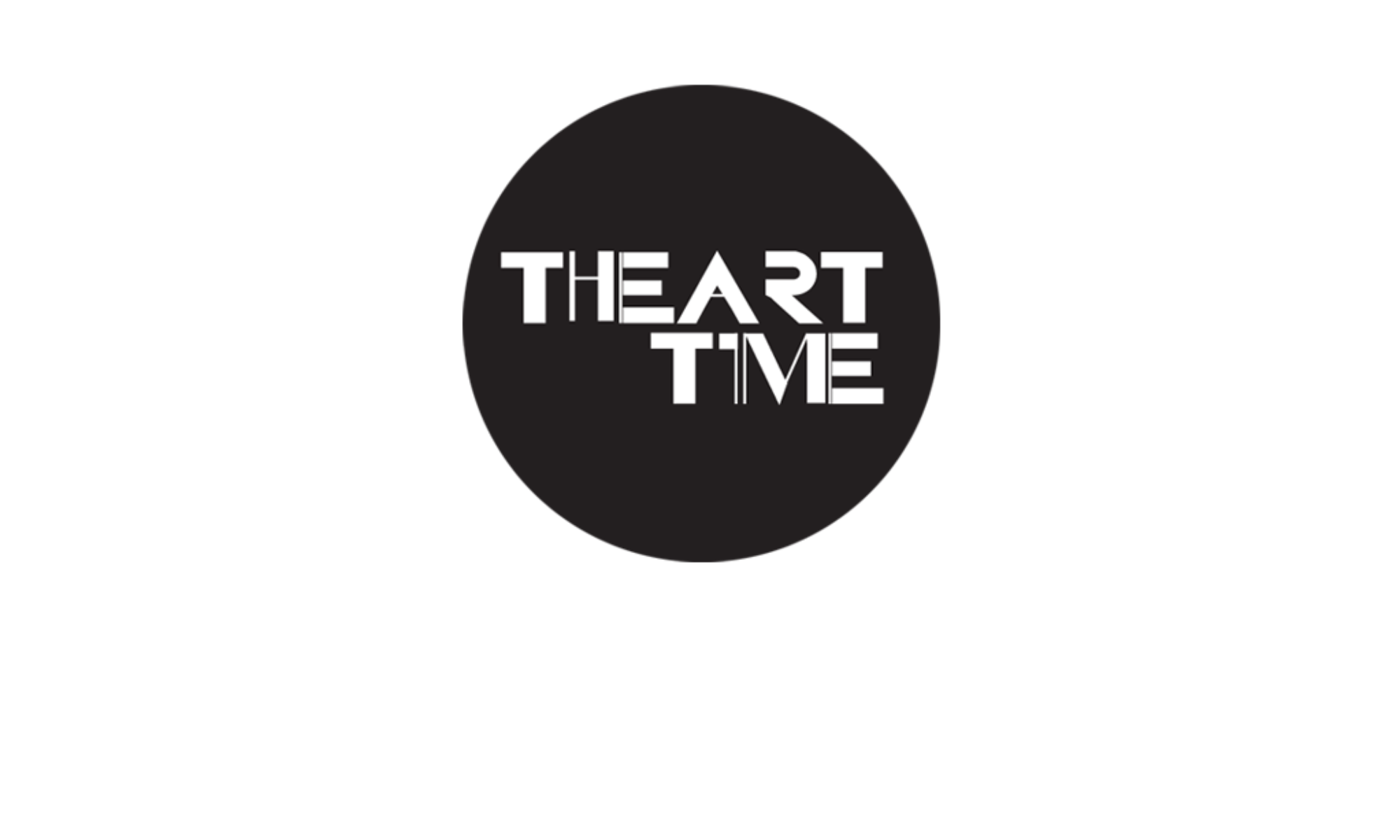The body: more and more the seat and depositary of an identity trademark, substituted to the face as a physiognomic revealing personality trait, as a field of investigation of what becomes familiar, disturbing, perturbing (or uncanny), to say it à la Freud.
The face, from the Renaissance, was home to the study of the soul, just think of that wonderful masterpiece that is the Double Portrait attributed to Giorgione, exhibited in Rome in Palazzo Venezia. Dated between 1500 and 1510, it is unicum up to Caravaggio; so, in ’79, Ballarin defined this incredibly suggestive work, an involuntary portrait, not idealized, understood as a medium that reveals the soul in its essence, which dissects the deeper meanings of existence by contrasting to academic official portraiture.
The body becomes the reign of Identity, after Freud, it becomes the seat of impulses, of emotions, of a shift of meaning, from its interior to the flesh, to the skin.
Vanessa Beecroft plays with the female body, referring to the Renaissance, through wonderful vestals immersed in white tunics that make them as organic elements of nature, almost diaphanous and transparent, in which the body hidden and at the same time revealed by minimal drapery reaches a choral size, a choir, the eternal feminine that comes from classicism to post-modern, with diaphanous or hidden faces. A sensual mysticism, in performances that are emotional dances in which the ego is in the mirror, a timeless mirror, without doubles, without enigmas, in its material essence that has the breath of eternity.
It also plays more transgressive games. Beecroft is the artist of the bodies whose works escape any classical definition. Performances in which living images, made with half-naked, often immobile, women are a symbol of our contemporaneity, a representation of the costumes of the new millennium told through undressed bodies of professional models, immortalized and stopped through photographs and videos.
The body is absolutely the protagonist.
First, there is a sacred body.
Female beauty is investigated in its many facets, in its physicality, in its relationship with the art of the past. The body is art, the Aura of these performances lies in being the eternal dimensions of the feminine, even in the temporal dimension ‘of passage’ that characterizes them .
The body and the beauty of Beecroft refer to the painting of Botticelli and Lippi, intertwine with autobiographical motifs (and this is always true in a genre like the Performance) and with suggestions deriving from the surrounding space, with rigorous attention to the scenographic system, which makes the performance closer to painting than to actual action.
Sculpture and performance are realized in this sacred altar of appearances, in this choral dimension of Greek memory (and therefore, cathartic) and are further stigmatized with the photographic and video shooting, media expedients that complete the “eternity” connected to her research , mainly aimed at the the female condition, whose medium is precisely ‘the body’.
With the body, it goes through some of the most controversial and intriguing aspects of today’s social and cultural reality, including the relationship between food and sexuality and the obsession with beauty and physical form, to the most tragic consequences of anorexia.
With Body Art the body, considered almost the inexhaustible source of every act of life, tries to regain possession of what has been subtracted from it in the anonymity and the artificiality of the contemporary universe.
The place where Beecroft operates is in the precarious point of intersection between the body itself, played in the first person, and the mechanical recording, between the direct physical activity and the technological image, photos, films, videotapes.
Emblematic of Vanessa’s aesthetic research, Maternity in three moments, in which the black and white of the skin intertwine with the red and black of the garments, in which the theme of equality is intertwined with the theme of the aesthetic value of art (the choice of colors in garments for example), in which three different motherhoods are linked to a dual motherhood, by a double child, compared to traditional sacred maternities, which are upset both in the colors of the child and in the number.
Sacred motherhood is the most inflated and famous visual topos of Western art history from Christianity onwards; in Vanessa Beecroft relives a new Renaissance, understood as a divergent aesthetic value but also a divergent intrinsic value, in which diversity and otherness replace the tradition and the rule.
They are Madonnas crossed by the needle and by the thread of Louise Bourgeois, without a connection to Freud so striking, but certainly a needle and a thread that sew a new feminine garment, that of freedom, while respecting an aesthetic that is however an aesthetics capable of diverging, of differing.
Then, there is a body-brand. Or branded, it can be affirmed. A double interweaving of bodies, double even in color (again, white skin and black skin): whites and blacks acclaimed as a starting point for reflection, and in the ironic spatial arrangement that undoubtedly makes reference to the Louis Vuitton brand. The naked white bodies form the L and the black naked bodies form the V , part of the famous brand’ s symbol.
Beecroft’s reflection in this image is on the identity of the body in Western society dominated by the Brand, by the Fashion system, on the possibility of single identity (individualized to the maximum through the choice of nudity, primitive and archaic, in stark contrast to the contemporaneity and the artifice of the brand) to survive, even if naked bodies fit together so as to celebrate a fake dance choreography that is in fact a tribute to a famous brand, made ancestral.
Nudity and brand fit together in a reference without beginning and without end, without cause or effect: the brand is humanized by the body in flesh & bones, as if it were so alive to be really alive, and the nudity is erased, marbled by being set as a brand. Sum zero: nothing prevails. The plot is ineluctable, art becomes a brand, the brand becomes art, the body becomes art and brand at the same time.
The individual identities are part of a gear that engulfs and crushes, which tends to flatten and empty to make room for artificial and commercial meanings related to the Self; but it is also true that the brand becomes organic and is demystified in this connection with naked meat, a sort of ‘naked meal’, quoting William Burrough. It is not known if Fashion devoures the body or the body unites with it, without losing itself.
Beecroft creates questions and certainly gives aesthetic answers, in which the ‘feel’ is just primary, essential, re-oxygenating.

